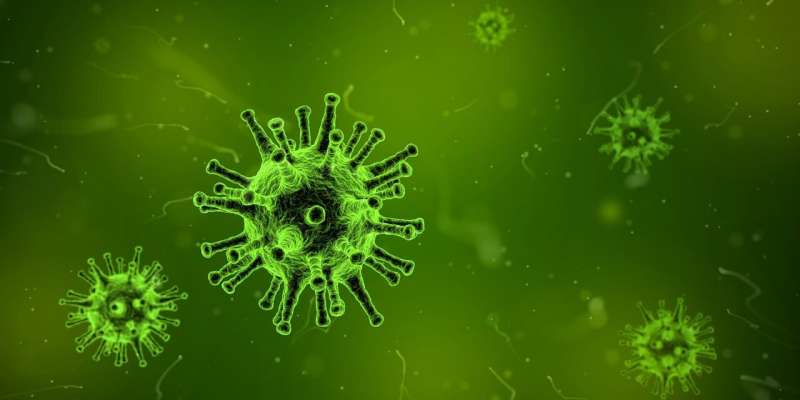
In December of 2019, several cases of atypical pneumonia caused by an unknown agent were reported in Wuhan, the capital city of Hubei Province in China. In early January 2020, it was announced that these cases were caused by a novel coronavirus. The virus was later named severe acute respiratory syndrome coronavirus 2 (SARS‐CoV‐2), which causes a disease associated with atypical pneumonia termed Corona virus disease 2019 (COVID‐19).
There is reason to expect that SARS-CoV-2 will transmit less efficiently during warmer months, but the accurate mechanism that is responsible for this is not well understood. The effect of environmental conditions on SARS-CoV-2 transmission early in the pandemic may already have been seen where countries in the northern hemisphere with cold climates were more vulnerable to infections, while regions in the southern hemisphere were less effected. Several respiratory viruses, including coronaviruses and influenza viruses tend to have prominent peaks of infection during colder seasons, especially in temperate regions. The cold temperatures, along with accompanying dry conditions can drive respiratory tract infections by assisting with viral transmission, weakening the human immune system, and increasing viral molecular stability.
Source: Read Full Article
